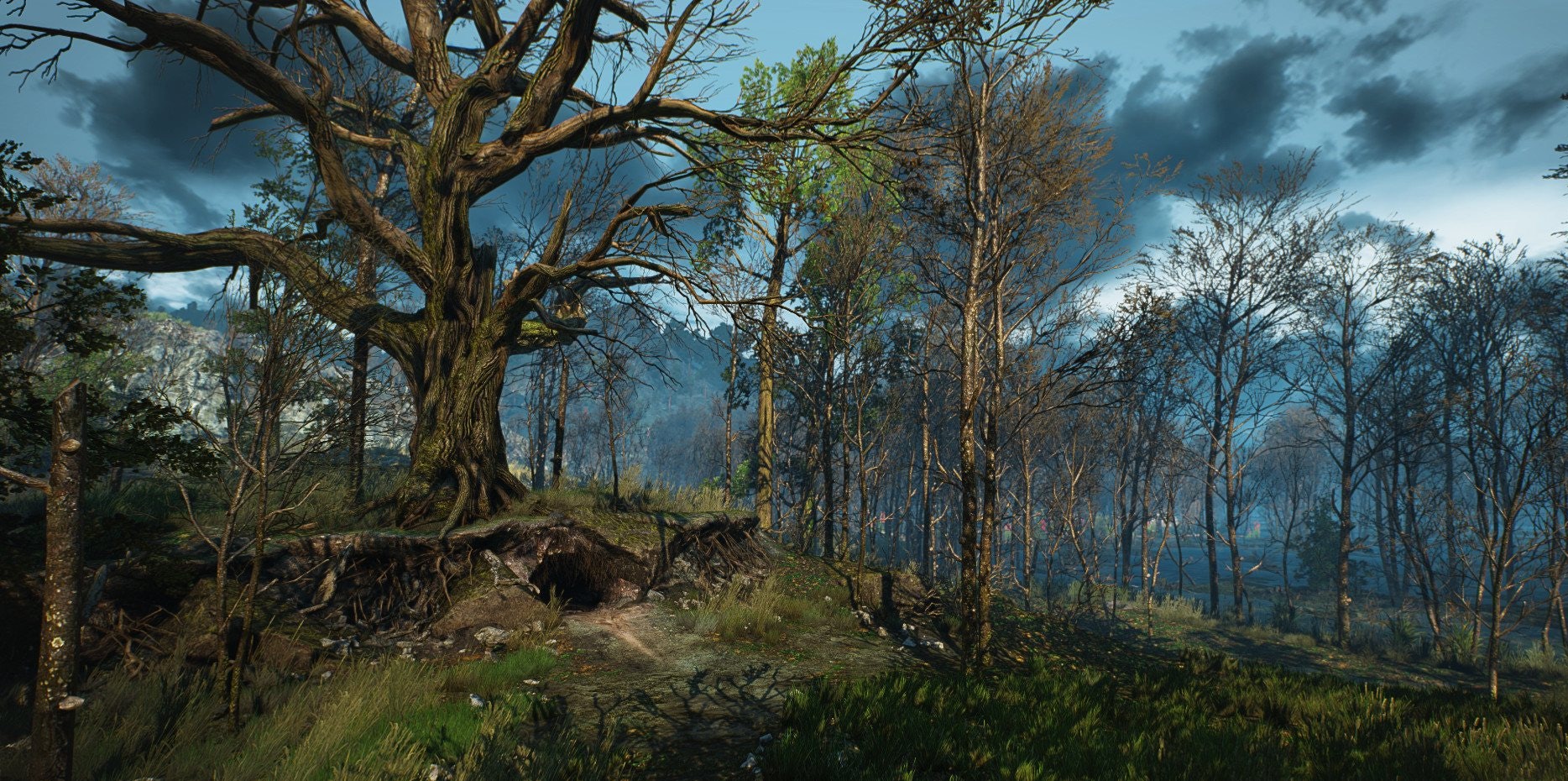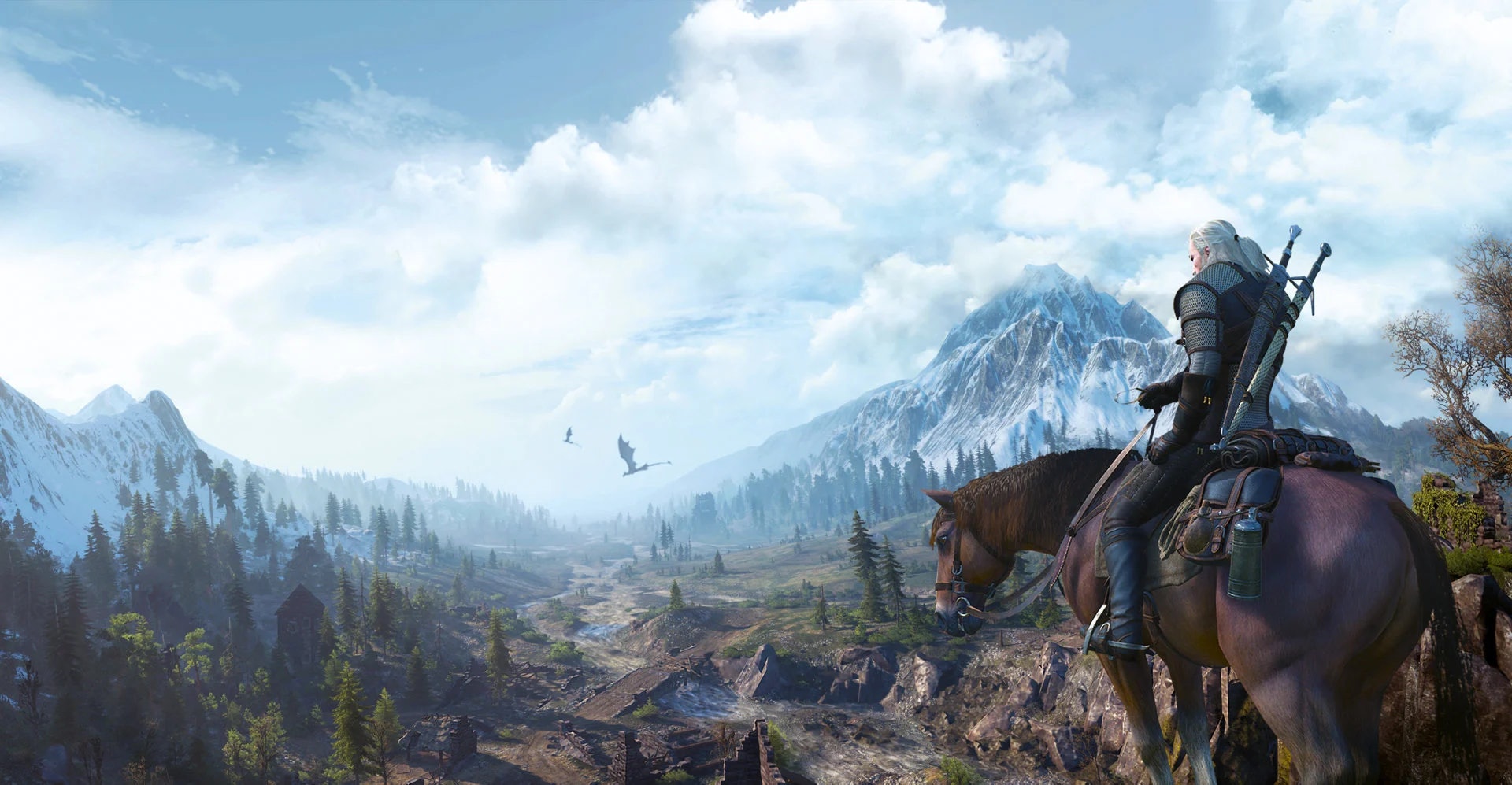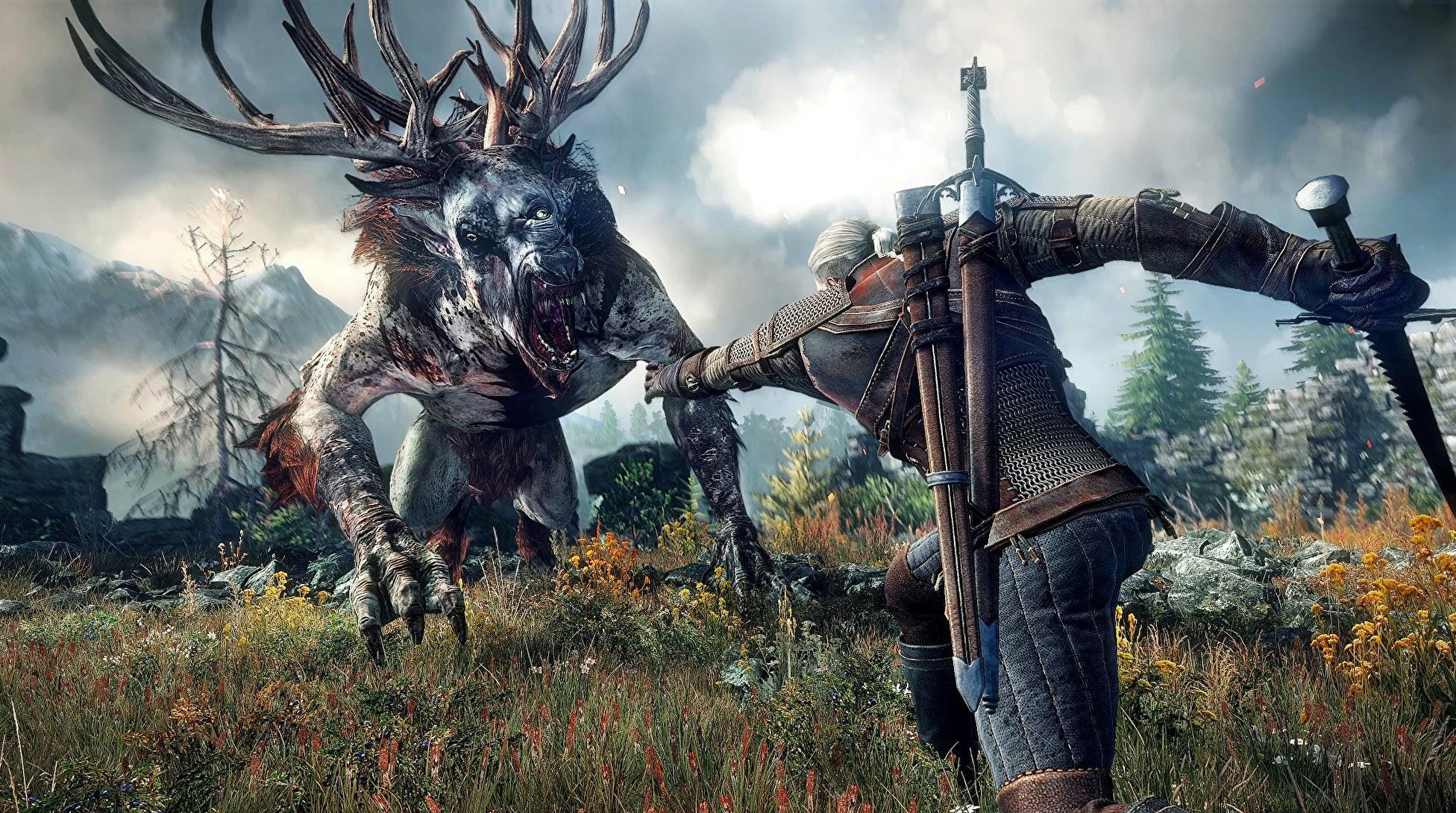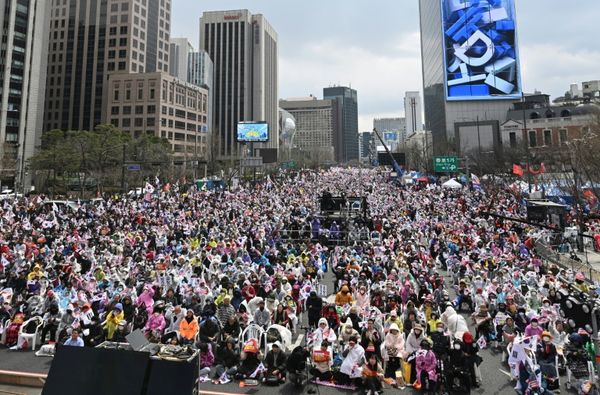
Can you believe it? The Witcher 3: Wild Hunt just turned seven years old. Where has the time gone? Since its launch on May 19, 2015, The Witcher 3 has racked up a plethora of awards, including Game of the Year, and has sold over 40 million copies worldwide. There are plenty of reasons for the game’s success, but arguably the most impressive thing is its world-building, which is enhanced thanks to an abundance of little details, quirky characters, a gripping gameplay loop, and absurdly beautiful visuals. Even in 2022, The Witcher 3 is more immersive than most contemporary open-world RPGs.
The little details
As soon as you’re able to explore the massive world of The Witcher 3, known as the Continent, you can stumble upon a seemingly unremarkable house by a river, where an old lady appears to be in distress. She looks to be in serious trouble, and after speaking to her, you find out that someone stole her beloved frying pan and has locked her out of her house. The actor’s performance here is priceless. “No, not me key, me pan!” she exclaims, after the main character, Geralt of Rivia, asks her if she’s lost the key to her house.
This triggers an elaborate quest that involves a thorough investigation, leading to the discovery of a murder, and eventually, the hidden pan inside the house. When Geralt returns the pan in better shape than before, the old woman is surprised and unbothered by the fact that there’s a dead guy in her house. “Mine? Mine was black with soot,” she says while reluctantly accepting her prized possession.
The entire thing is so absurd, and in the grand scheme of things, insignificant, but is one of the many examples of a little moment that makes this game feel so rich. And this is just one of the hundreds of NPCs you encounter throughout the game. Nearly every quest in The Witcher 3 has a deep, intricate backstory, just like this one. I never thought I’d care deeply about an old woman’s frying pan, but here we are.
A “checklist game” done right

For over a decade, developers like Ubisoft have created “checklist games,” which often feature a large open world full of quests or objectives, with little icons that represent them on the map. You might become overwhelmed with the sheer number of icons scattered around—each one begging to be checked off. The problem is that many of these quests feel like they’ve been copied and pasted, with little substance, only there to increase the expected play-time. This often results in bloated, uninspired experiences that you’ll quickly forget about.
In The Witcher 3, you’ll still find a massive map full of quests, but each one feels hand-crafted, with different stories, and varied gameplay throughout. Some are funny, others are more serious, and some are downright depressing. One quest might require you to drink a psychedelic brew that allows you to talk to animals, another might force you to mitigate an argument between the ghosts of a married couple, and some send you into deadly caves that lead to unexpected surprises (not unlike the frying pan mission).
Story aside, each quest gives you some sort of in-game reward, whether it’s a new piece of gear, skill slots, mutations, or crafting resources. Even if the items you acquire aren’t useful, you can always sell them for cash, which comes in handy since money isn’t as plentiful in this game (yet another fantastic design decision).
Of course, The Witcher 3 isn’t the first game to reward you for completing quests, but the items you gain for your troubles feel meaningful, encouraging you to continue bouncing from objective to objective. Everything is fine-tuned to an exact science, making it hard to put down—which is almost never the case in other open-world RPGs. Even if you already have all the items you need, you’ll still probably encounter something interesting at the landmark ahead.
It’s a look

Even before jumping into wild quests with wacky characters who give you powerful gear, The Witcher 3 does a phenomenal job of gripping you with its stunning visuals. Every single tree, blade of grass, creature, building, and article of clothing pops from the screen, effectively blending realism with a painterly aesthetic.
Colors are vibrant without distracting from the realistic rendering of each and every asset in the game. Even the lighting looks realistic, with plenty of contrast that mimics real-life—but blends together gently against the bright, vibrant colors. You can see this in the grass, which almost looks like something out of an expressionist painting, without lacking clarity. It’s remarkable.
When it comes to visuals, many fantasy RPGs tend to lean into one or the other: Realism, which often results in a muddy color palette, or a more expressive art style that ditches realism. The Witcher 3 is CD Projekt Red having its cake and eating it, too, offering one of the most distinct-looking games of the past decade.
Best of all is that The Witcher 3: Wild Hunt is on track to launch for PS5 and Xbox Series X|S later in 2022, featuring enhanced visuals, ray tracing, and all of its DLC, perfect for those wanting to experience it for the first (or hundredth) time.
The Witcher 3 is available on PS4, Xbox One, Nintendo Switch, and PC, and will come to PS5 and Xbox Series X|S in Q4 2022.







